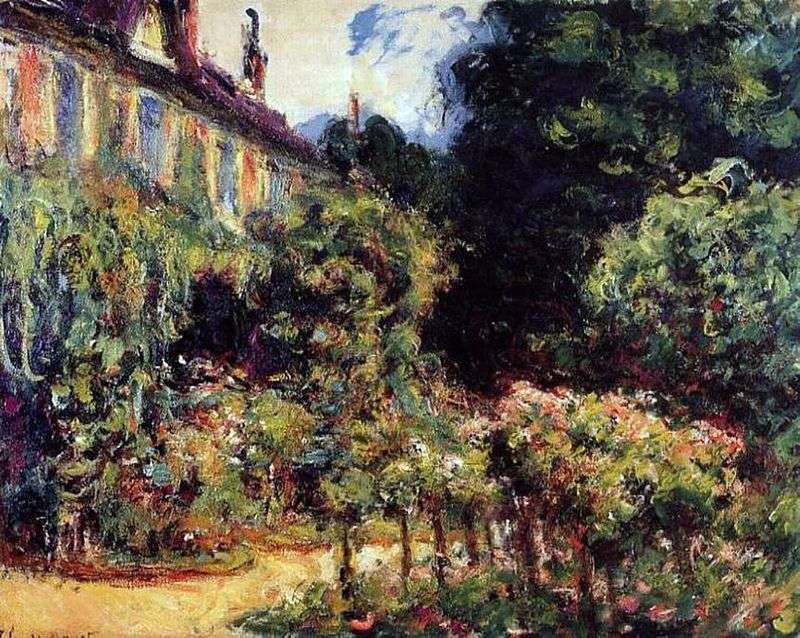
The small village of Giverny, located in Upper Normandy, was a source of inspiration for the artist Claude Monet. It houses the estate of Monet, which has now become a museum. Monet’s estate dedicated a number of his creative works, always focusing on the abundance of vegetation.
Pictures dedicated to the town Giverny, always “live” and juicy. They are buried in colors and a palette of bright colors. It is noteworthy that the owner put a lot of his own efforts to create flower gardens near the manor. He planted flowers and shrubs with his own hands. His hands, masterfully wielding a brush, also deftly wielded a shovel and a rake. What reveals the versatility of Monet and his originality. The picture presented here demonstrates the artist’s particular reverent attitude to the place of his settlement. What is remarkable about this picture.
First, the date of writing the work coincided with the troubles associated with the health of Monet. He began to develop a cataract – a sentence for a clear perception of colors and the outline of objects. Secondly, this place is recognizable in other, more popular works of the author, for example, in “Water Lilies”. Thirdly, the method of presentation Claude chose not very good. The painting resembles a jumble of greenery and red spots. The work is perceived very hard in terms of clarity of the letter. This is due to progressive eye disease.
Objects have ceased to have clarity, so the artist wrote a picture of stained, blurred and one-color. However, Monet’s plan was focused on the summer and the pomp of everything that blossoms, blossoms, stretches upwards towards the sun. It is evident that the estate has already become abandoned, and nature has come into its own.
Forces at the 73-year-old Monet was no longer there, but the painting he did not throw to the last days. After the artist’s death, the younger son was courting the garden, as well as the wife of the eldest son, Blanche, and also an old gardener. After other artists began to settle in Giverny, drawing inspiration from nature in the outskirts of Paris, following the example of the great impressionist.
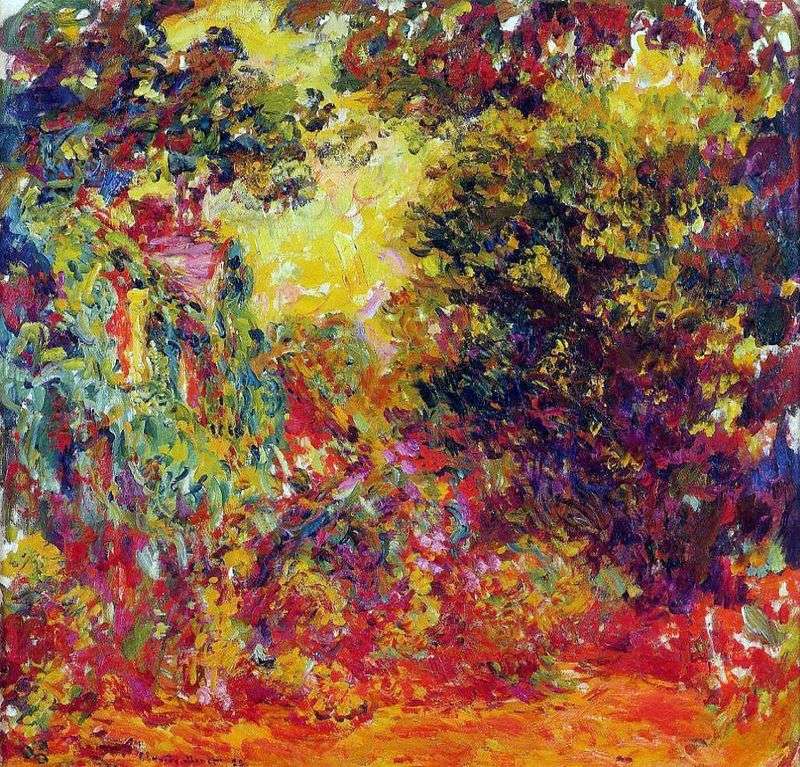 House of Artists, view from the rose garden by Claude Monet
House of Artists, view from the rose garden by Claude Monet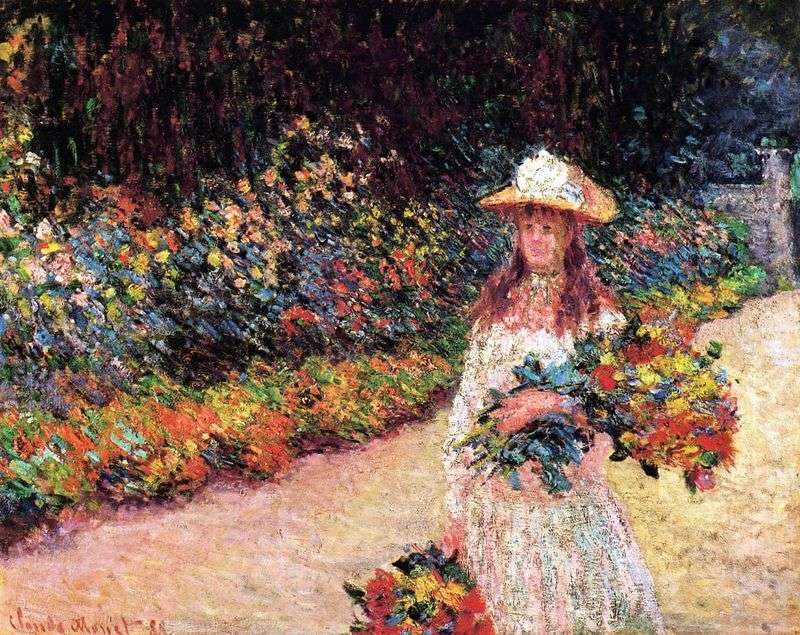 Girl in the Garden, Giverny by Claude Monet
Girl in the Garden, Giverny by Claude Monet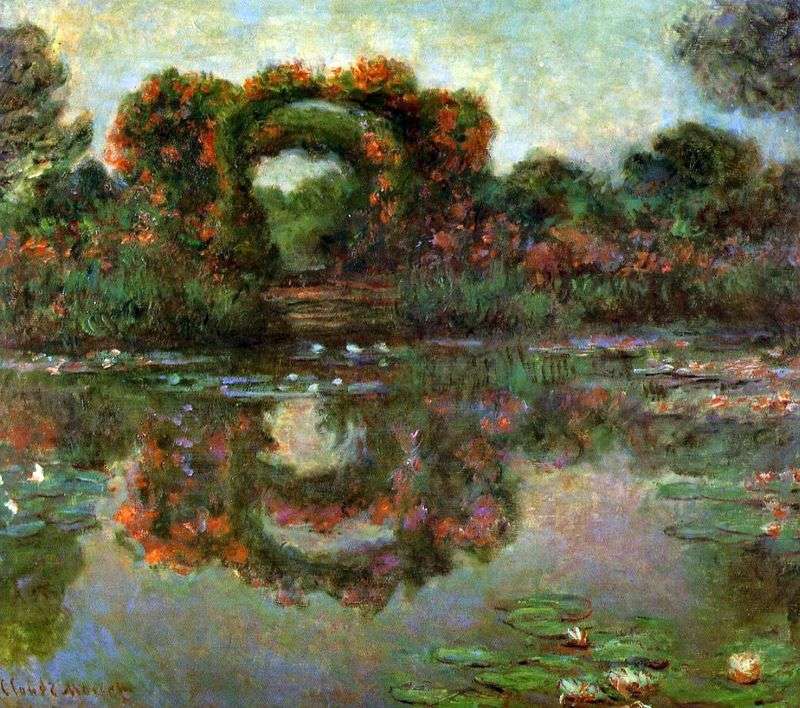 Arch in flowers, Giverny by Claude Monet
Arch in flowers, Giverny by Claude Monet Main path through the garden in Giverny by Claude Monet
Main path through the garden in Giverny by Claude Monet House of Artists in Argenteuil by Claude Monet
House of Artists in Argenteuil by Claude Monet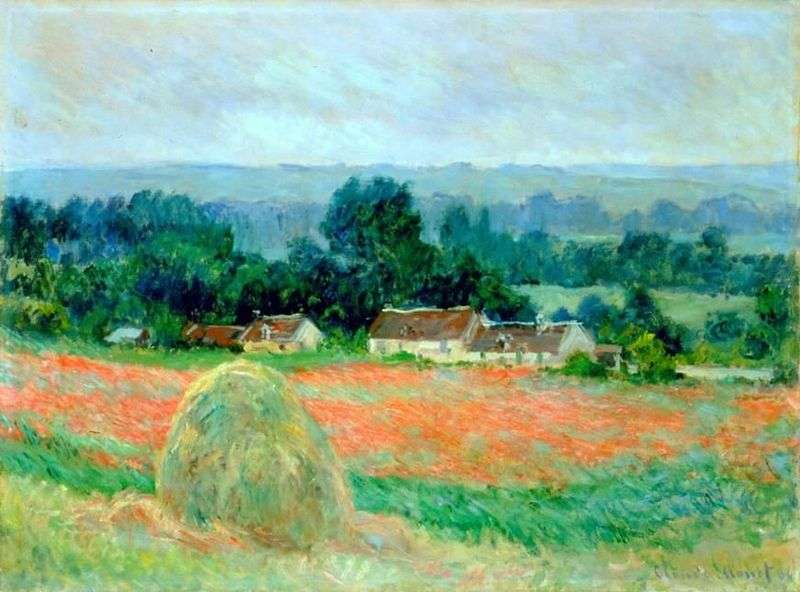 Haystack at Giverny by Claude Monet
Haystack at Giverny by Claude Monet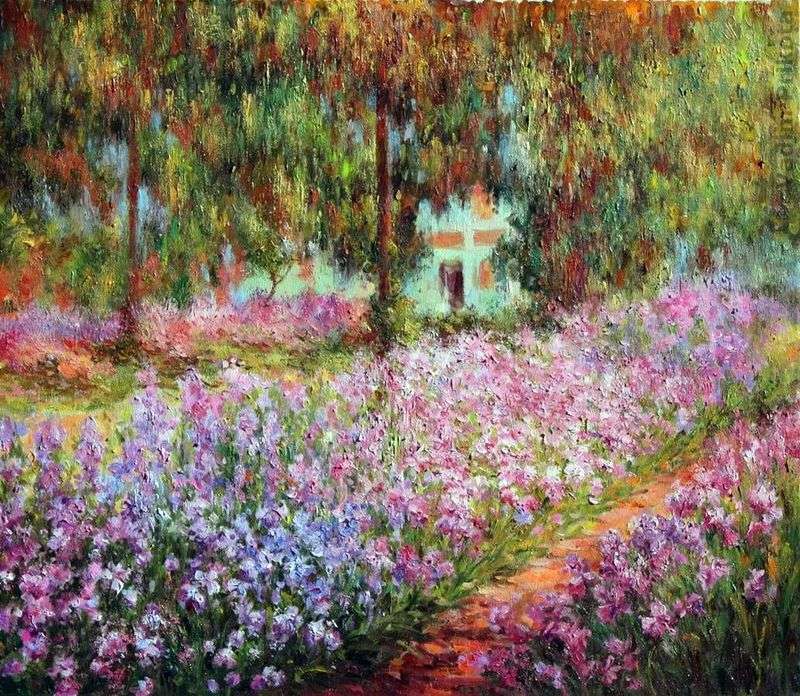 Artist’s Garden at Giverny by Claude Monet
Artist’s Garden at Giverny by Claude Monet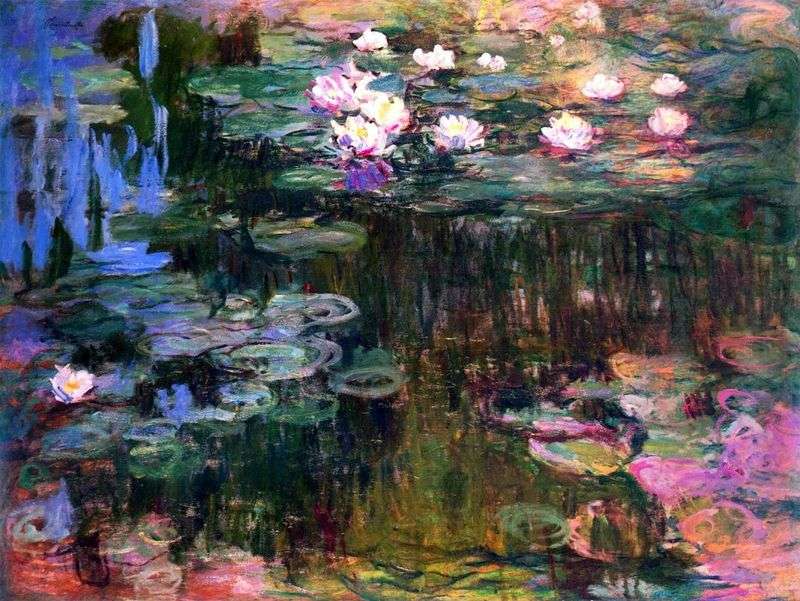 Water Lilies by Claude Monet
Water Lilies by Claude Monet